The DFI LANParty NF4 SLI-DR
CPU Tests
3DMark03
The 3DMark03 CPU test is a convenient way to measure the performance of the CPU for typical 3D usage. The feature tests isolate the performance of key 3D features primarily relating to shader technologies.
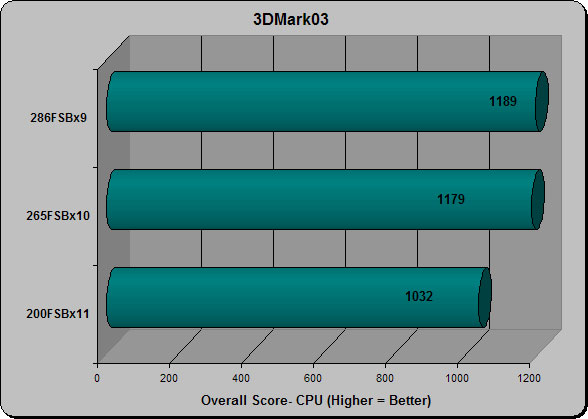
3DMark05
3DMark05 is a premium benchmark for evaluating the latest generation of gaming hardware. It is the first benchmark to require a DirectX9.0 compliant hardware with support for Pixel Shaders 2.0 or higher. Resolution was set to 1024×768.
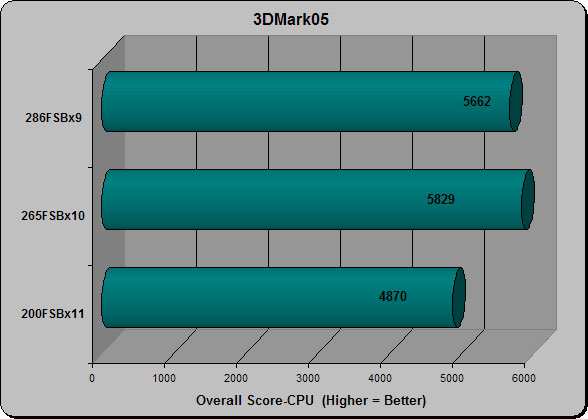
PCMark04
PCMark04 supports the complete benchmark cycle ? allowing you to benchmark your PC, view the resulting benchmark details, compare your results to those of others, and finally analyze how to improve your PC performance. PCMark04?s system score is a single, globally recognized number that represents the overall PC performance for home usage.
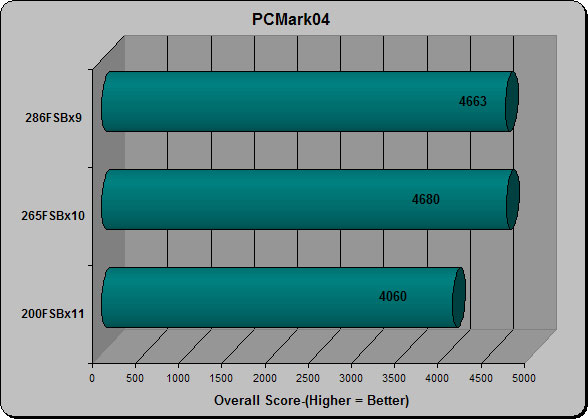
AquaMark3
AquaMark3 executes a complete state-of-the-art game engine and generates 3D scenes designed to make the same demands on hardware as a modern game. The utilized game engine, the krass Engine, has been used in Aquanox and AquaNox 2: Revelation as well as in the upcoming RTS Spellforce by Phenomic Game Development. AquaMark3 utilizes recent hardware features of the new DirectX 9 API, such as PixelShader 2.0, while staying fully backward compatible to DirectX 8 and 7 graphics hardware.
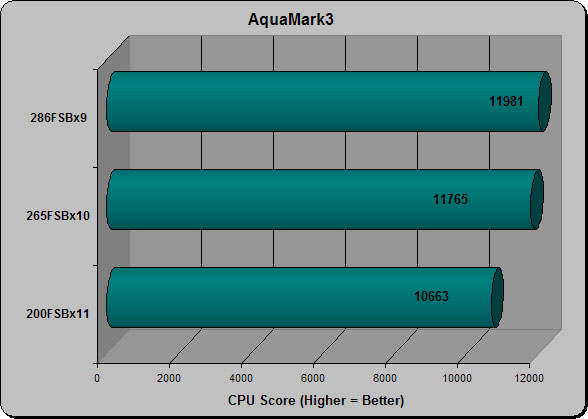
Super Pi
SuperPi calculates the number Pi in this raw number crunching benchmark. The benchmark is fairly diverse and allows the user to change the number of digits of Pi that can be calculated. In this benchmark we ran SuperPi to 4 million places.
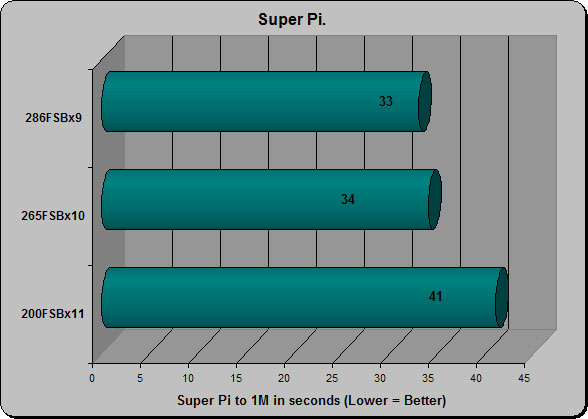
Sisoft Sandra 2005
SiSoft Sandra 2005 is a synthetic benchmark for testing primary components.
The tests can stress a system’s CPU, Memory, or Multimedia capabilities.
Sandra 2005 supports X86 (32-bit) and X86-64 (64-bit) hardware and OS’s.
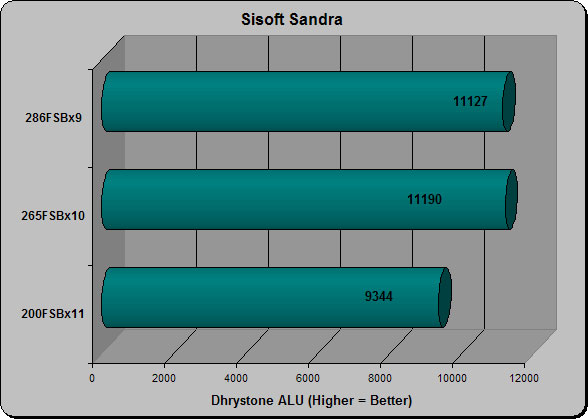
While I was able to achieve higher FSBs while using the SLI-DR, these were the highest settings I was able to run without any errors after three passes of test #8 in memtest86. Even so, 2.2Ghz (Default), 2.57GHz (High FSB to stress memory), and 2.65GHz(A good, balanced O/C stressing both the processor and memory) give a good indication of how this board performs….and it does so admirably. The SLI-DR handled every test thrown at it here without any hiccups. Mind you, all these overclocks were accomplished without any BIOS tweaking, so these are results anyone should be able to achieve without much effort.

Comments are closed.